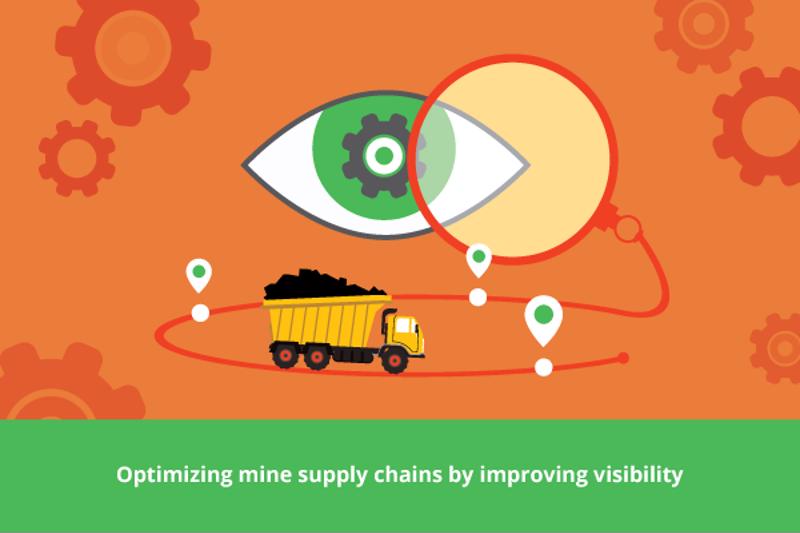Mining supply chains form the backbone of the global economy, delivering essential resources to every industry from energy to consumer electronics. While a lot of popular conceptions of mining revolve around either gold or coal – the latter the source of 40 percent of electricity generation, according to the International Energy Agency – today’s mining organization produce a wide variety of other materials and ship them through complex, often continent-spanning supply chains.
For example, lithium, the pivotal metal in most of the world’s rechargeable batteries, is heavily concentrated in briny lakes (salars) in South America; almost 90 percent of all lithium extraction comes from such salars. The processed lithium eventually makes its way to lithium battery manufacturers, predominantly in East Asia. The batteries themselves are then assembled into smartphones, PCs and other devices, usually in China, and finally distributed worldwide.
There are numerous risks to such intricate supply chain operations, requiring mitigation through superior asset management solutions:
1. Limited visibility
With multiple mines and facilities under essentially autonomous management, mining companies frequently struggle with information silos. Their teams may also use separate legacy systems for planning, accounting and other key functions, creating additional divides.
Without sufficient integration between these business platforms, it’s hard for leadership to have a clear view into operations. Indeed, three-fourths of mining executives cited visibility as a top challenge in an IBM survey.
2. Costly maintenance and repairs
Mining is capital-intensive, requiring significant amounts of expensive machinery expected to be operational 24/7. Accordingly, it’s essential to always have enough spare parts on hand in case something goes wrong.
However, in many instances too much inventory is kept on hand, which can stretch the company thin and drive up costs. Inadequate upgrade schedules also allow older equipment to remain in use too long, resulting in low efficiency, high energy/fuel consumption and increased downtime for mission-critical machinery.

3. Poor data management and quality
Spreadsheets remain fixtures of mining operations, specifically for tracking items and attributes. Unfortunately, they’re often riddled with errors and aren’t very scalable, either.
As throughput rises, spreadsheets can worsen bottlenecks throughout the supply chain, since they become increasingly large and the impact of their error grows in tandem. Many Excel sheets are created by non-programmers and as such aren’t even formally tested for mistakes.
A better approach to mining asset management
To directly address these challenges and many others, Inspirage offers a fine-tuned combination of Oracle products and custom Inspirage-built enhancements, ideal for improving forecasting and inventory planning. All key inventory data is viewable from a common platform, providing the visibility that is often missing from globe-spanning supply chains.
Contact our team today to learn more about how we can help, and also be sure to check out our Resource Center for additional blog posts, webinars and other materials.